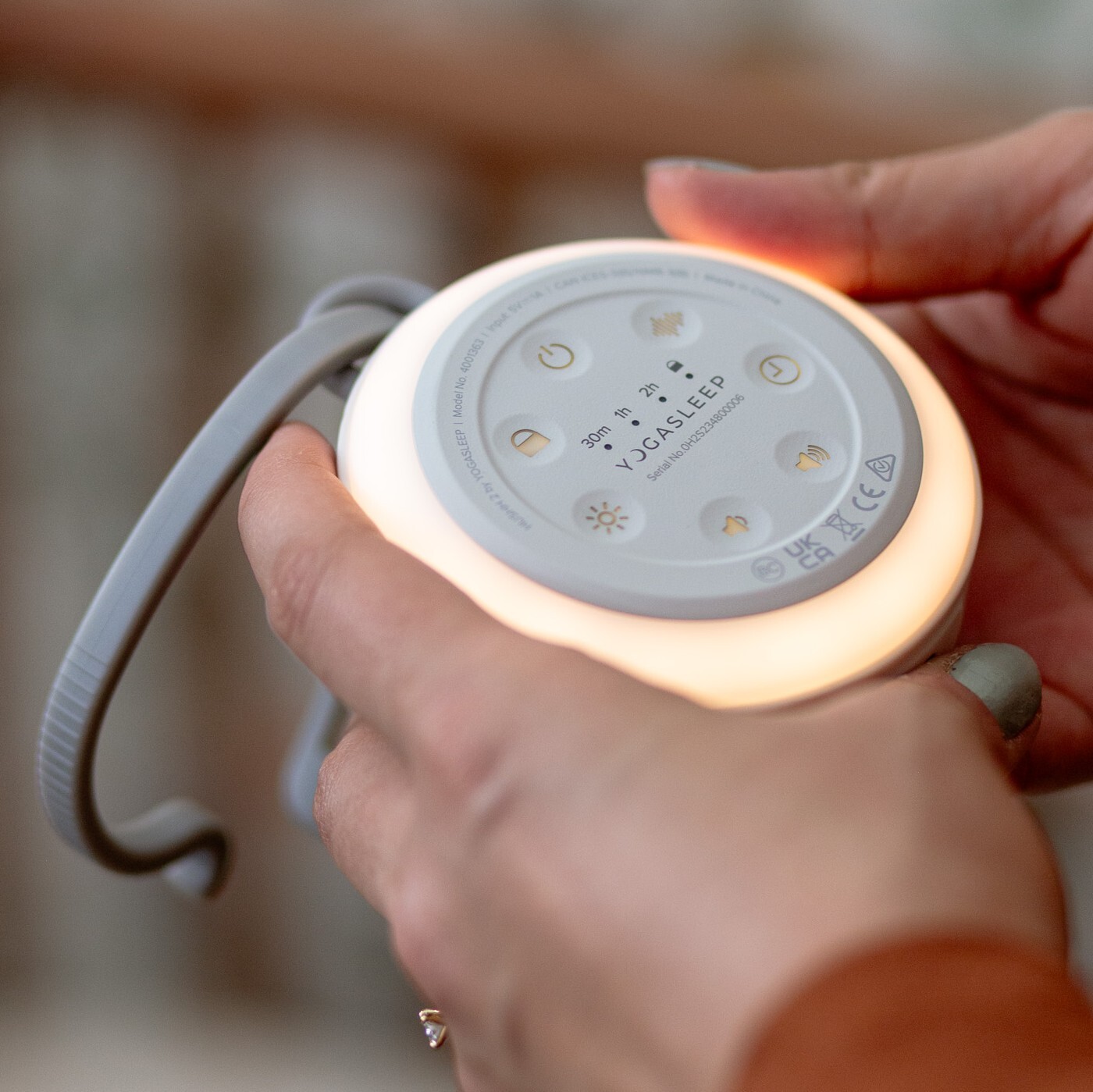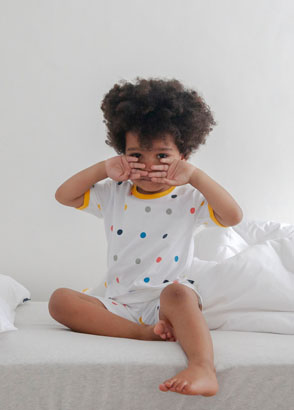Night or Sleep Terrors
During a night terror your child will wake suddenly and may scream or cry. Her eyes will be open, but she won’t be seeing. She may hyperventilate, thrash around or talk incoherently. She may be sweating and flushed. She may seem scared, but your child is not really frightened, not awake, and not dreaming. She’s asleep, and in a zone between sleep cycles. A child having a night terror is unaware of what’s happening, and won’t remember the episode in the morning.
During a night terror you may try to hold your child, but often this will result in his pushing you away or fighting you off. The best response is a gentle pat, along with comforting words or Shhh Shhh sounds. If your child gets out of bed, lead him back. If he’s sitting up, guide him to lie back down. Keep an eye on him until he settles back to sleep.
For further information & tips on helping your child with their night or sleep terrors click here





















